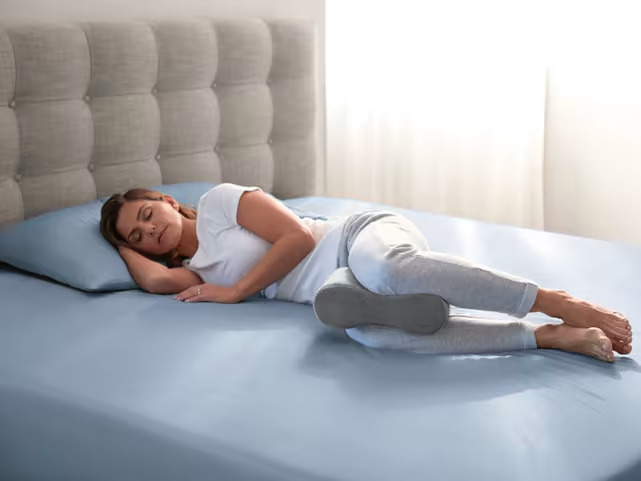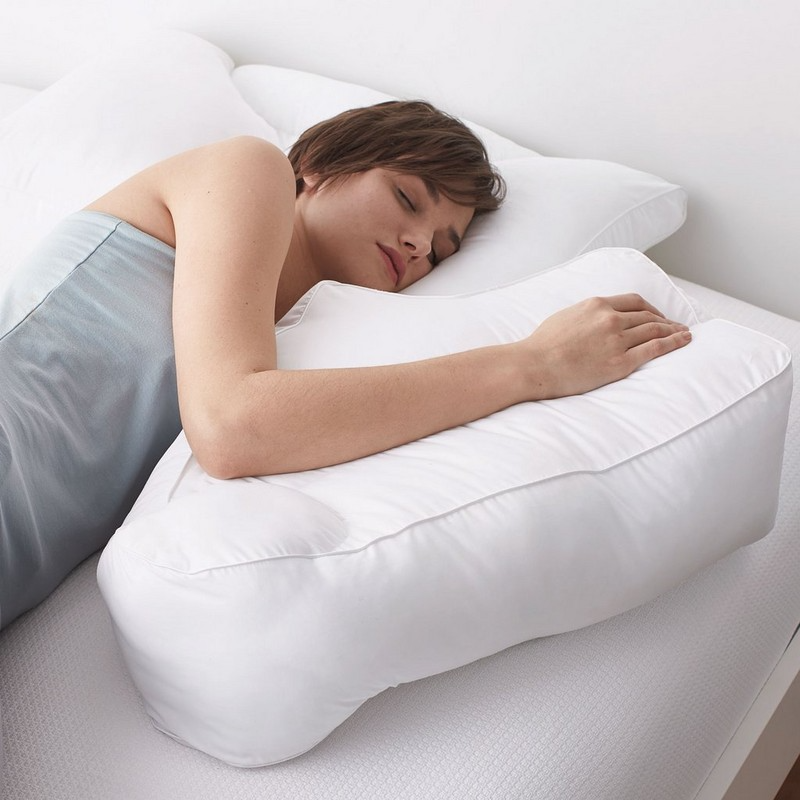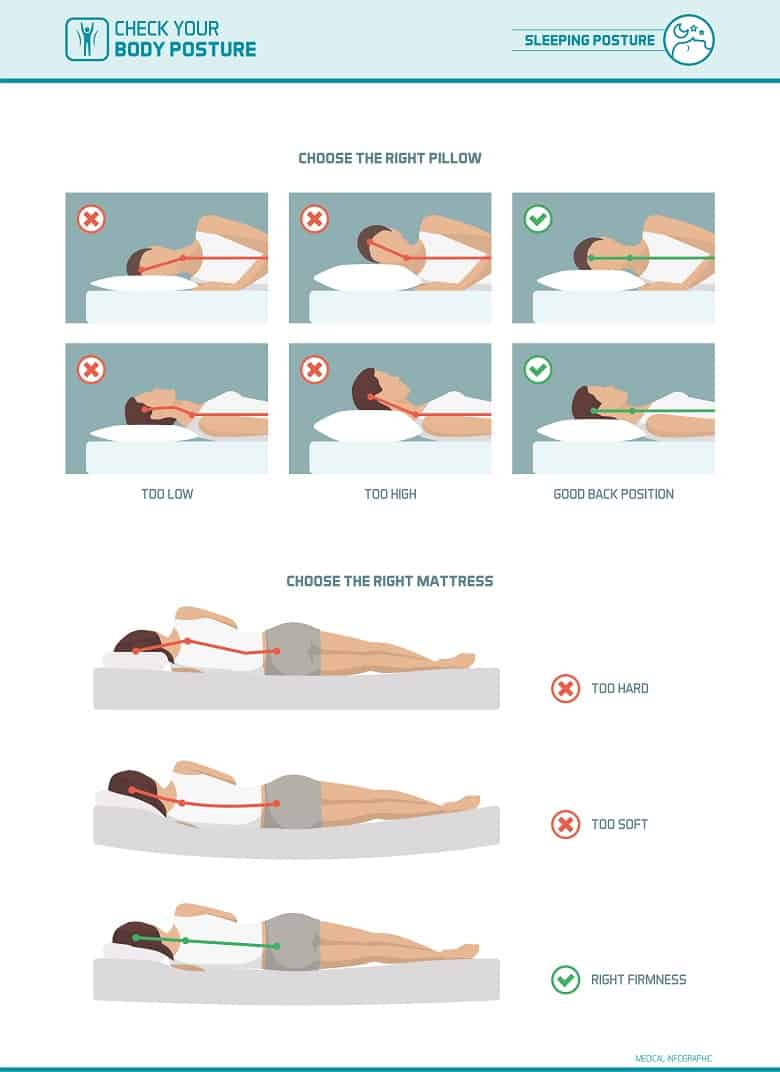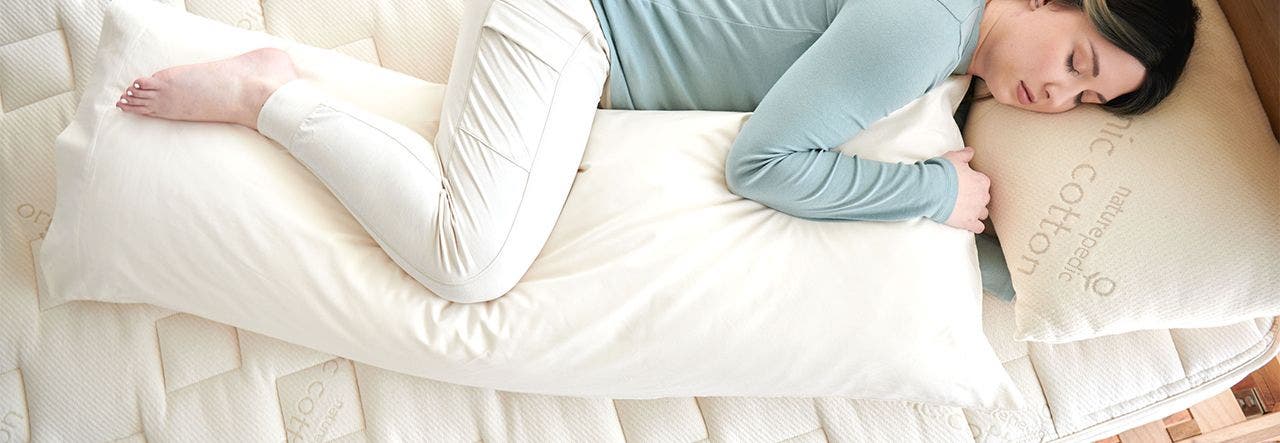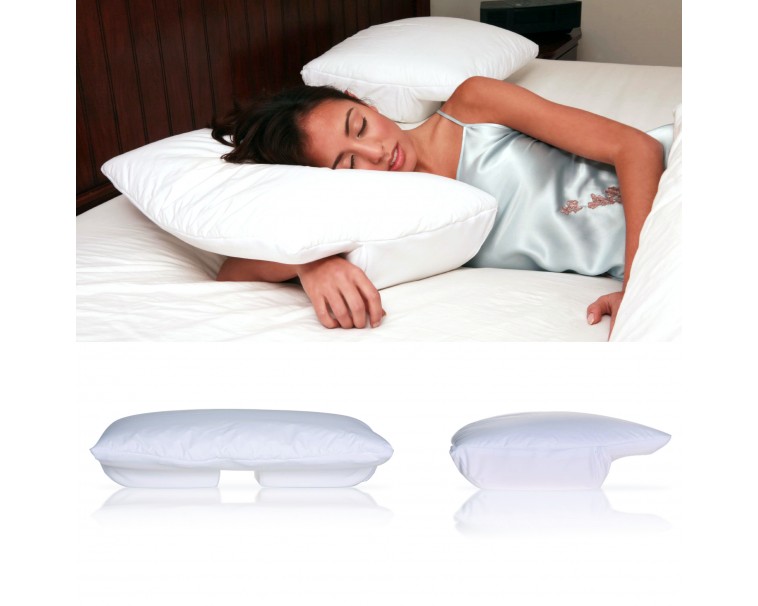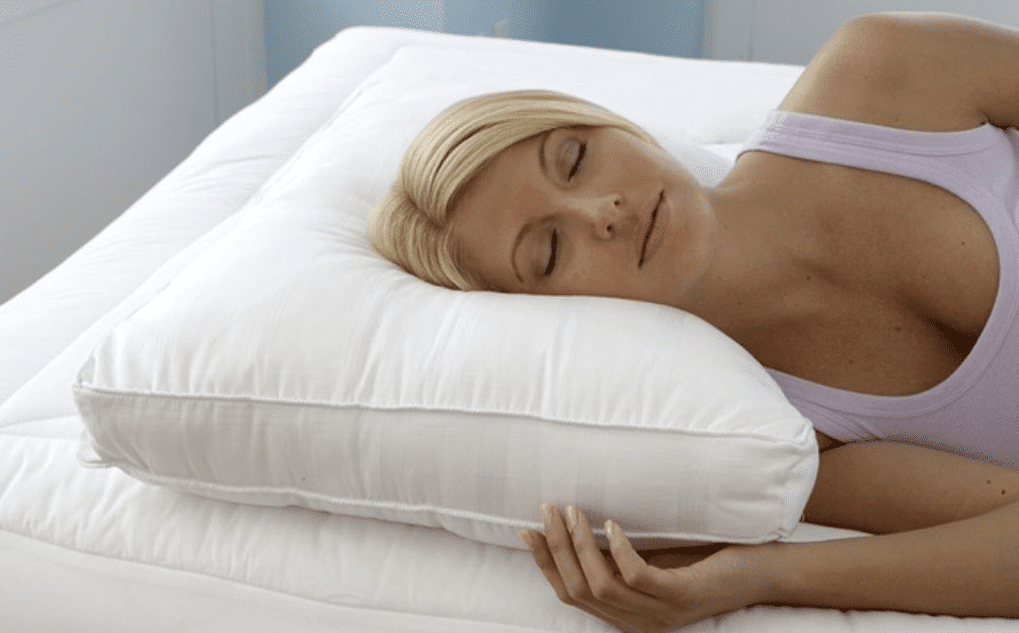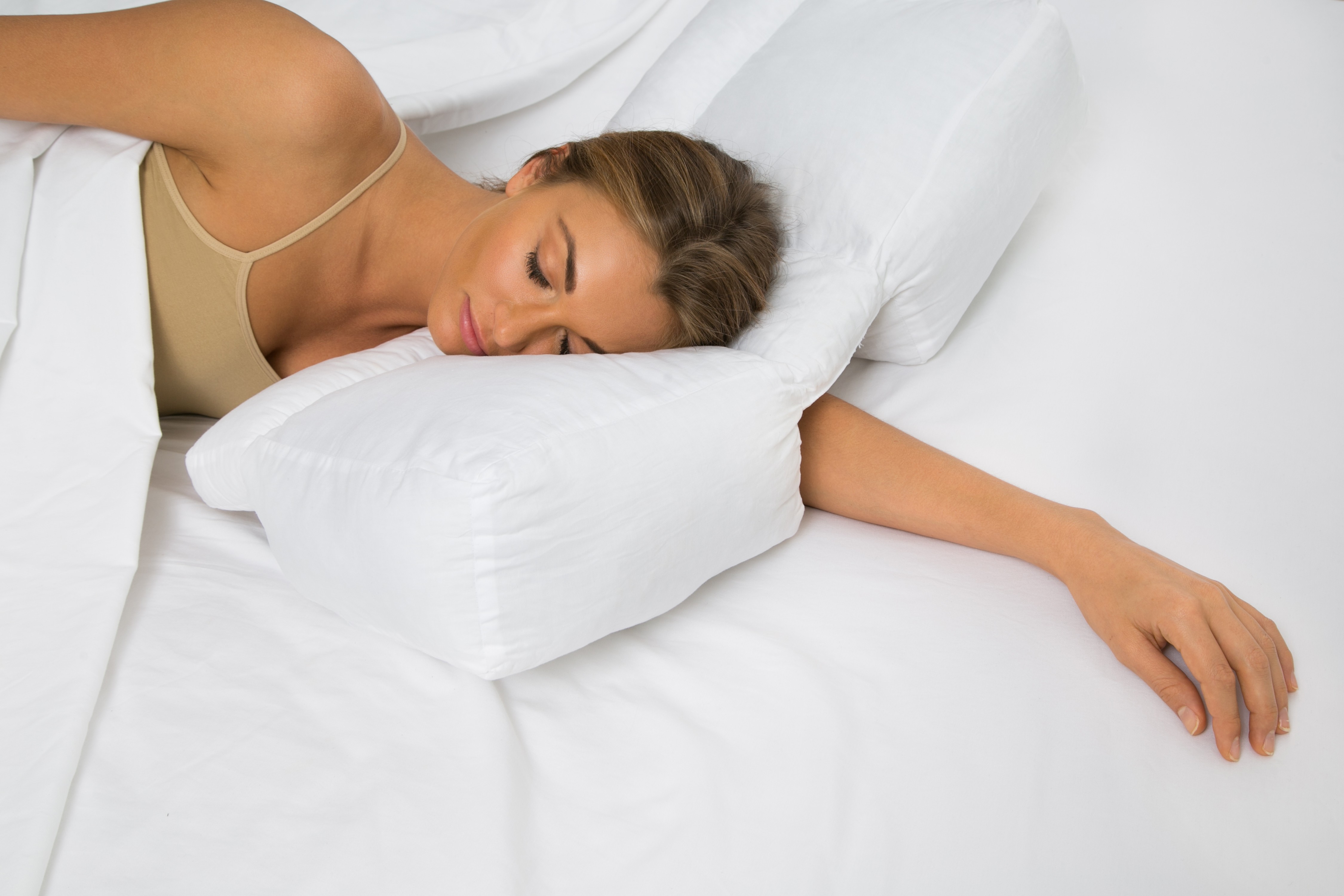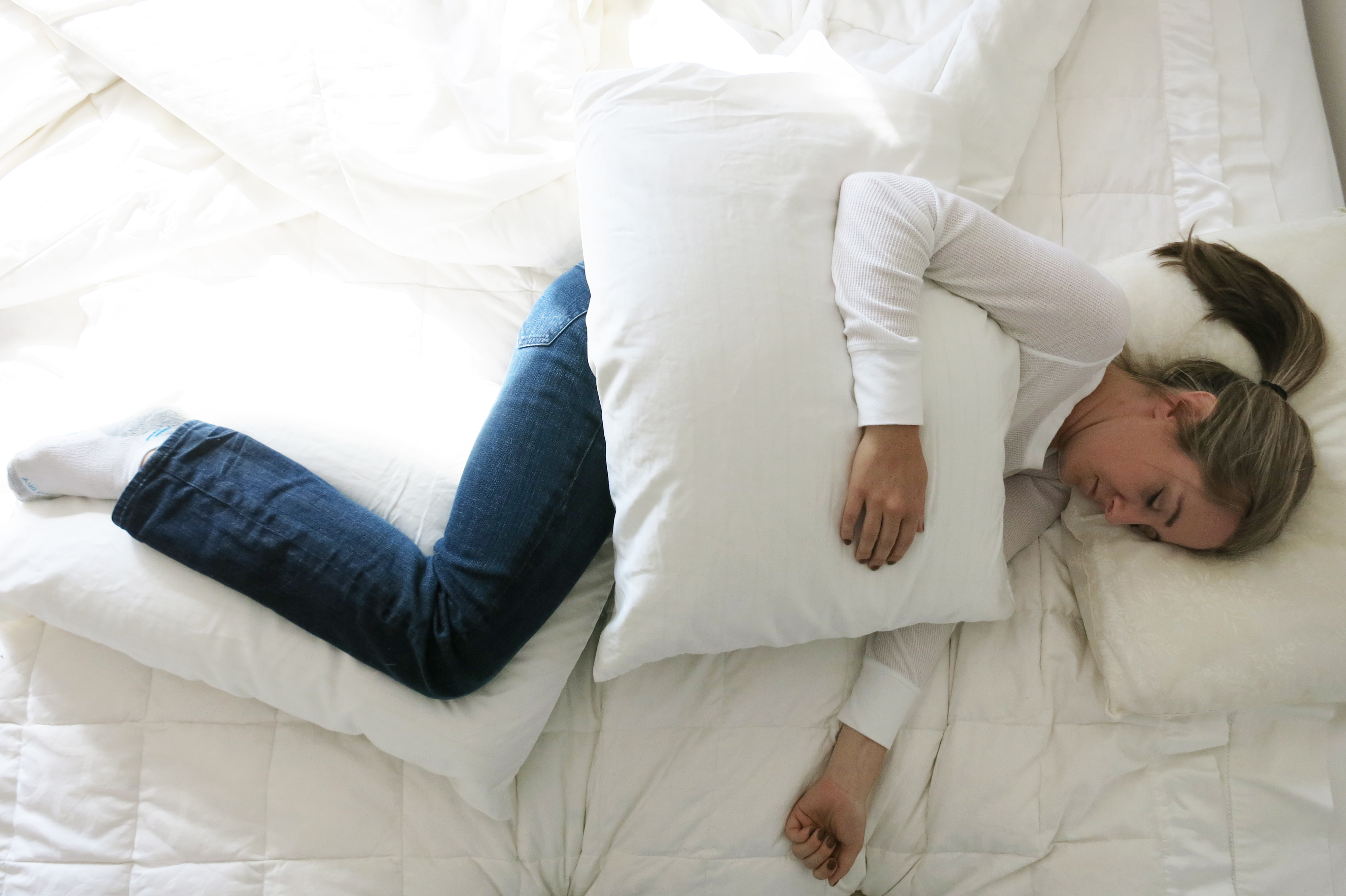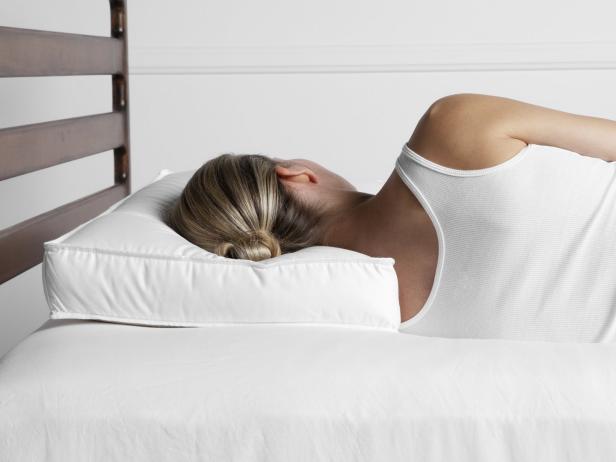Where To Put Pillows When Sleeping On Side
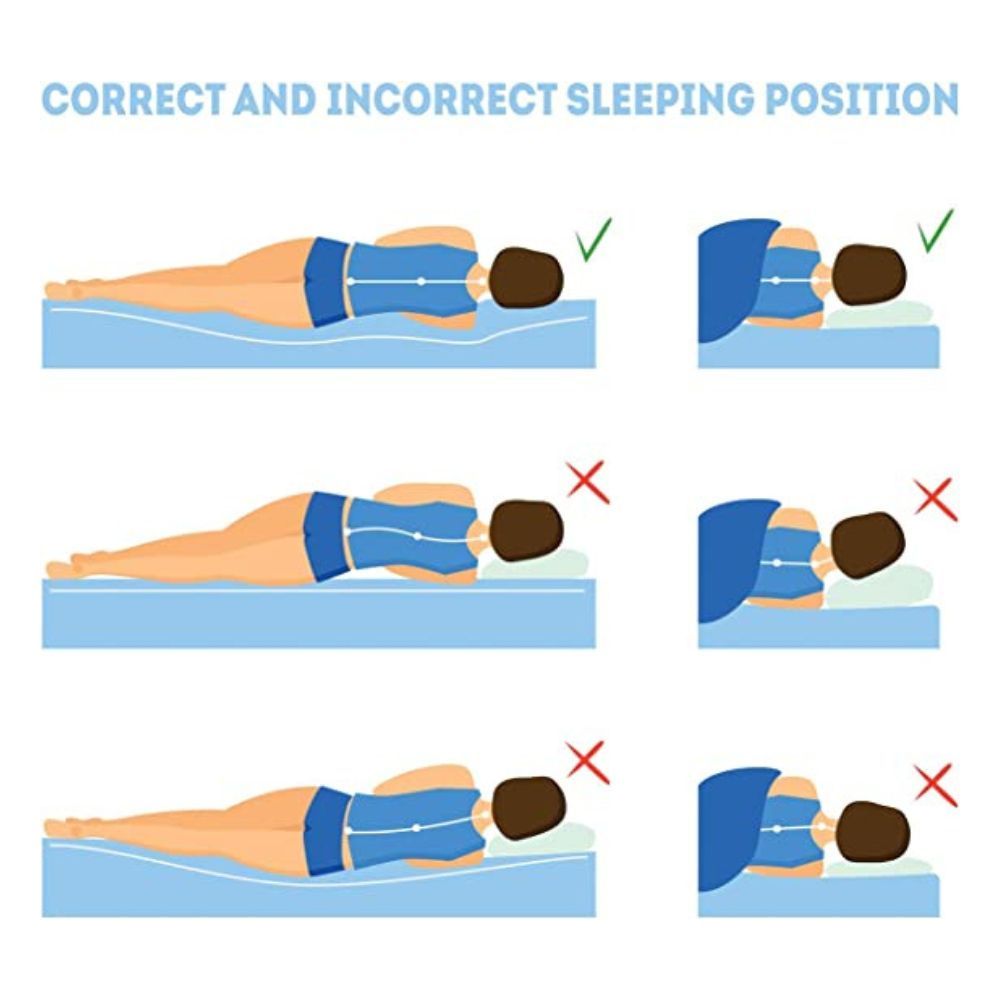
Sleep, a cornerstone of human health, can be significantly compromised by something as seemingly insignificant as pillow placement. Millions struggle nightly to find a comfortable and supportive sleep position, often unaware that their pillow arrangement might be the root cause of their discomfort and potential long-term health issues. Understanding the optimal pillow placement for side sleepers is crucial, not just for comfort, but for spinal alignment and overall well-being.
This article delves into the science and practical advice surrounding pillow placement for side sleepers. We will explore recommendations from sleep experts, chiropractors, and physical therapists. It aims to provide a comprehensive guide to achieving proper spinal alignment and restful sleep, addressing the nuances of different body types and sleep preferences.
The Foundation: Spinal Alignment
The primary goal of proper pillow placement is to maintain neutral spinal alignment. This means keeping the spine as straight as possible when lying down, mimicking the posture when standing upright. A misaligned spine can lead to neck pain, back pain, headaches, and even nerve compression.
For side sleepers, achieving this alignment requires more than just a single pillow under the head. The gap between the head and the mattress needs to be adequately filled. Without sufficient support, the head and neck will tilt downwards, creating a C-curve in the cervical spine.
The Head Pillow: Loft and Firmness
The head pillow is the most crucial element. Its loft, or height, should be sufficient to fill the space between your ear and your outside shoulder. This ensures the neck remains in a neutral position, neither tilted upwards nor downwards.
The ideal loft varies based on individual body size and shoulder width. Wider shoulders generally require a thicker pillow. A pillow that is too thin will cause the neck to droop, while a pillow that is too thick will force the neck upwards.
Firmness is another important factor. A medium-firm pillow typically provides the best support, preventing excessive compression and maintaining its shape throughout the night. Memory foam and latex pillows are popular choices due to their supportive properties.
Beyond the Head: Supporting the Body
While the head pillow is essential, additional pillows can further enhance spinal alignment and comfort for side sleepers. These pillows provide support to other areas of the body. This minimizes strain and promoting a more restful sleep experience.
The Knee Pillow: Hip and Pelvic Alignment
A knee pillow, placed between the knees, is highly recommended for side sleepers. This pillow helps to align the hips and pelvis. Preventing the top leg from rotating inwards and pulling the spine out of alignment.
Without a knee pillow, the top leg can drop down, rotating the pelvis and causing stress on the lower back. Using a knee pillow helps to maintain a more neutral pelvic position. This reducing pressure on the spine and hip joints.
The size and shape of the knee pillow can vary. Some prefer a cylindrical pillow, while others prefer a contoured pillow designed to fit comfortably between the knees. Experimentation is key to finding the best option.
The Body Pillow: Full-Body Support
A body pillow offers full-body support. This promotes proper alignment from head to toe. These pillows are particularly beneficial for pregnant women. They support the growing belly and maintaining a comfortable side-sleeping position.
Body pillows can be molded and shaped to provide customized support. This allows you to cradle your body and prevent you from rolling onto your back during sleep. Choose one that is long enough to support your head and knees simultaneously.
Even without pregnancy, body pillows can improve sleep quality. They relieve pressure points and promoting a sense of security and comfort.
Expert Recommendations
Dr. Michael Breus, a clinical psychologist and sleep specialist, emphasizes the importance of individualized pillow selection. He states that, "there is no one-size-fits-all solution when it comes to pillows." Each individual must consider their body type, sleep position, and personal preferences.
According to the American Chiropractic Association, maintaining proper spinal alignment during sleep is crucial for preventing back pain and other musculoskeletal issues. They recommend using pillows to support the natural curves of the spine. This helping to reduce stress on the joints and muscles.
"Pillow placement is an often overlooked aspect of sleep hygiene," notes Dr. Jennifer Martin, a behavioral sleep medicine specialist. "Taking the time to find the right pillow arrangement can significantly improve sleep quality and overall health."
Addressing Specific Concerns
Individuals with specific health conditions, such as scoliosis or chronic back pain, may require specialized pillow arrangements. It is essential to consult with a healthcare professional to determine the best approach.
For example, someone with scoliosis might benefit from a wedge-shaped pillow to support the affected area of their spine. It helps them achieve more comfortable and aligned position.
People who experience acid reflux may find relief by elevating their upper body with a wedge pillow. This reduces the likelihood of stomach acid flowing back into the esophagus during sleep.
The Future of Sleep Technology
The future of sleep technology promises even more personalized and effective solutions for pillow placement. Smart pillows equipped with sensors can track sleep position. It also provides real-time feedback on spinal alignment. This will also adjusting the pillow's loft and firmness automatically.
Additionally, research into new materials and designs is ongoing. New material will offer enhanced support and comfort. Biometric data and AI algorithms will tailor sleep surfaces for optimal alignment.
These advancements hold the potential to revolutionize sleep hygiene and significantly improve the quality of life for individuals who struggle with sleep-related issues. This revolution is one well-rested night at a time.

